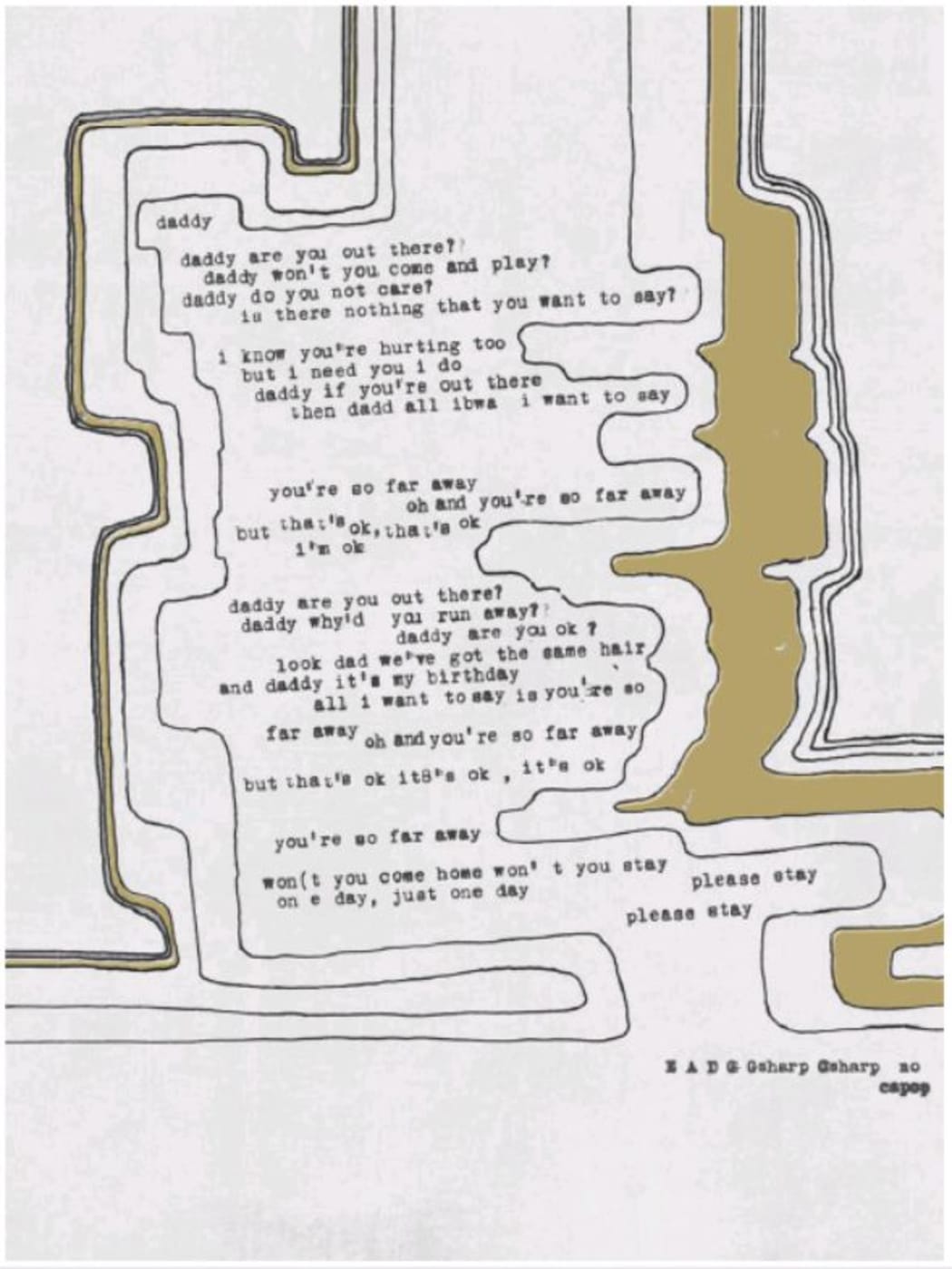The Otago Daily Times got a boost when British band Coldplay took out 15 cryptic ads to promote its new album this week. Meanwhile, our biggest publisher of papers is giving away space to reward clever ad campaigns. But are creative ads really the ones that cut through with readers?

One of Coldplay's ads in the ODT featuring lyrics from an upcoming album. Photo: PHOTO / RNZ Mediawatch
Coldplay's ad splurge in last Tuesday's paper was a one-off bonanza for The Otago Daily Times - and the British band let millions of Twitter followers know it was their outlet of choice.
"So few advertisers and their agencies use print creatively and that was pretty cool," Stuff general manager of newspapers Ben Rose told Mediawatch.
Mr Rose said he was "horrified" by recent figures from research company Nielsen showing only 4 percent of ad spending from national brands that employ ad agencies ends up in newspapers.
"There is a perception that print is a boring medium without creative potential," he said.

Photo: supplied
Stuff said it was giving away more than half a million dollars of advertising space to the winners of Paper Planes - a competition "rewarding New Zealand’s most creative and innovative uses of print media".
But are creative ads in papers any more effective than the old-school ads listing products for sale and what they cost?
"Those ads have their place and generate results but you can create a compelling ad in print with shapes, colour and context," he said.
Newsworks NZ - an umbrella group promoting the newspaper industry - recently engaged neuroscientists to analyse how the brains of 120 New Zealanders responded to ads in different media.
"We used brain imaging technology to watch in real time as they watched TV and read newspapers to work out how they engaged with the content and what they remembered," he said.
"They were far more focused when they were reading a newspaper.
"The purpose of this was to make sure... people understand how this medium works and don't get caught up in the hype about new shiny things," Mr Rose said.
image:161914:third]
The umbrella group representing TV broadcasters also engaged scientific experts from Australia to map the behaviour of people responding to different media last year.
Funnily enough, they found TV captured the attention far more fully than any other medium.
Karen Nelson-Field - a professor of media innovation at the University of Adelaide - told Mediawatch: "A TV screen... is the strongest of all the platforms" for getting people's fullest attention. But she also reckoned any advert would not hold everyone's attention even if it was well-produced.
"With all due respect, no-one really wants to watch the ads no matter how good the 'creatives' think they are," she said.

Stuff general manager of newspapers Ben Rose Photo: supplied
"In a world of fake news, driven by social media, the power of the printed word has become ever more valuable,” said veteran British adman Sir John Hegarty - who will pick the Paper Planes winners - in a press release.
But surely the editorial credibility of newspapers is not - and should not be - used to endorse or enhance the bought-and-paid-for stuff in space for ads?
Mr Rose disagrees.
"Compare a banner that flashes past on a social media feed with one that appears in a publication I've grown up with that has set the agenda in my city. If you pay for the Nelson Mail you read it because you trust the content. The fact the ad is in there means you trust it more. The research we've done means we can demonstrate that," he said.

